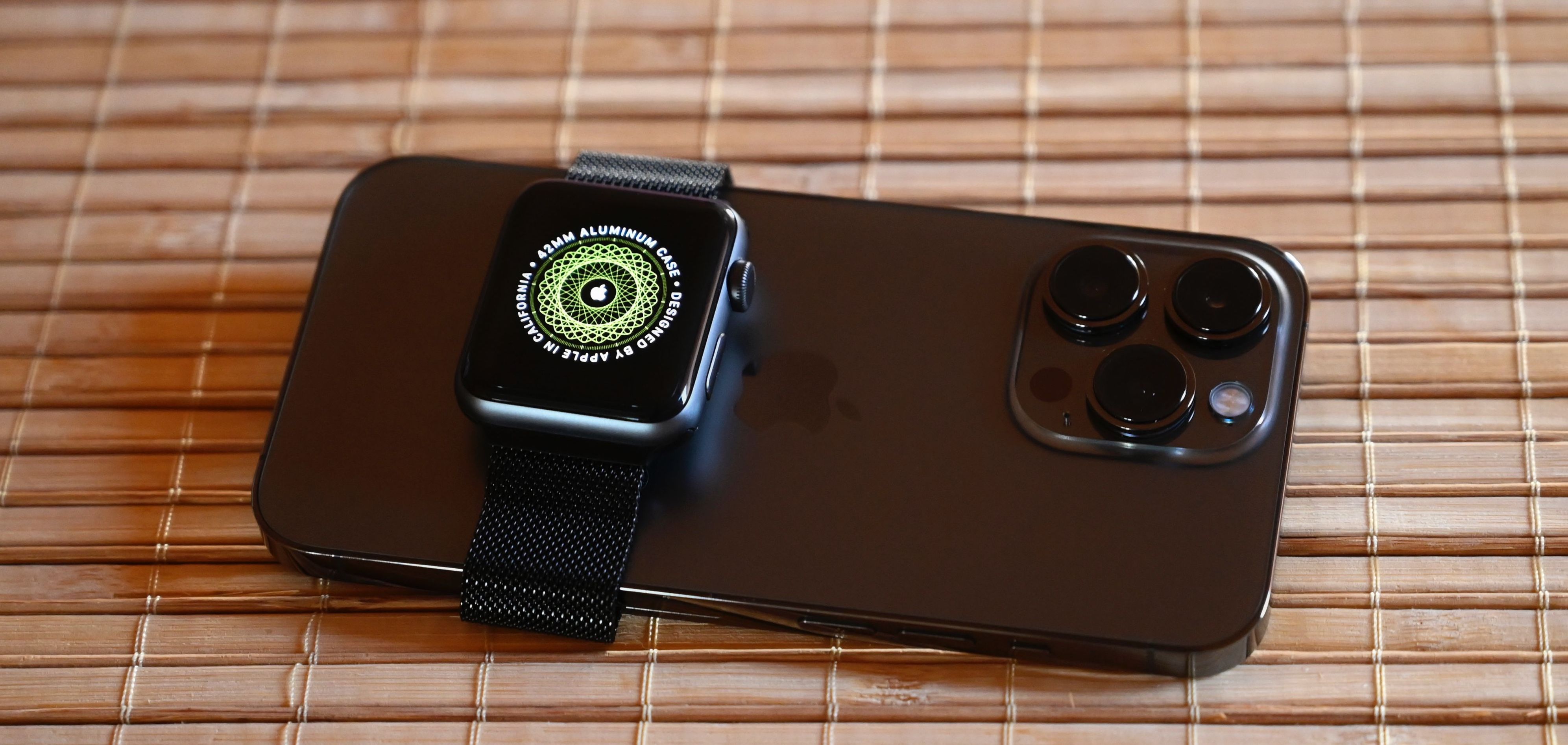Summary
If you're like me, your smartphone has worked its tentacles into dozens, even hundreds, of areas in your life. I conducted an experiment to see what worked and what didn't when I ditched the phone and used an Apple Watch as my primary device for two days.

Last week, I conducted an experiment. My phone battery needed to be replaced and the Authorized Apple Service Center was required to keep it while they ordered the new battery from Apple (yeah, I think that's a stupid policy too). I was without my phone for 2 days and decided it was an excellent time to see if I could get by using my Apple Watch as my primary device. Here's how it went.
- First things first. For this to be any kind of success you need a cellular plan for your watch and a pair of Airpods or other bluetooth earbuds.
- The first thing I noticed is that the bathroom, standing in the checkout line, and other places are boring without the distraction of my phone to read news, play Wordle, or whatever.
- Siri is your friend. I used Siri a lot more than normal due to the small screen.
- I'd already set up Apple Pay and while I don't often use it from my watch under normal circumstances, it worked great here.
- Answering the phone means keeping your Airpods in or fumbling for them every time there's a call. I found I rejected a lot of calls to avoid the hassle. (But never your's, Lynne!) Still, I was able to take and make calls just fine without a phone.
- Voicemail access is a problem. You have to call the number and retrieve them just like it's 1990 or something. This messed with my usual strategy of not answering calls from numbers I don't recognize and letting them go to voicemail, then reading the transcript to see if I want to call them back.
- Normal texts don't work that I could tell, but Apple Messages do. I used voice transcription almost exclusively for sending messages, but read them on the watch.
- Most crypto wallets are unusable without the phone.
- For the most part, I just used the Web for banking as a substitute for mobile apps and that worked fine. The one exception was USAA.
- The problem with USAA was 2FA. Watch apps for 2FA are "companion apps" meaning they're worthless without the phone. For TOTP 2FA, I'd mirrored to my iPad, so that worked fine. I had to use the pre-set tokens for Duo that I'd gotten when I set it up. USAA uses Verisign's VIP. It can't be mirrored. What's more, USAA's recovery relies on SMS. I didn't have my phone, so that didn't work. I was on the phone with USAA for an hour trying to figure this out. Eventually USAA decided it was hopeless and told me to conduct banking by voice. Ugh.
- Listening to music on the watch worked fine.
- I read books on my Kindle, so that wasn't a problem.
- There are a number of things I fell back to my iPad for. I've already mentioned 2FA, another is maps. Maps don't work on the watch.
- I didn't realize how many pictures I take in a day, sometimes just for utility. I used the iPad when I had to.
- Almost none of my IoT services or devices did much with the watch beyond issuing a notification. None of the Apple HomeKit stuff worked that I could see. For example, I often use a HomeKit integration with my garage door opener. That no longer worked without a phone.
- Battery life on the watch is more than adequate in normal situations. But hour long phone calls and listening to music challenge battery life when it's your primary device.
- I didn't realize how many things are tied just to my phone number.
Using just my Apple Watch with some help from my iPad was mostly doable, but there are still rough spots. The Watch is a capable tool for many tasks, but it's not complete. I can certainly see leaving my phone at home more often now since most things work great—especially when you know you can get back to your phone when you need to. Not having my phone with me feels less scary now.
Photo Credit: IPhone 13 Pro and Apple Watch from Simon Waldherr (CC BY-SA 4.0)




